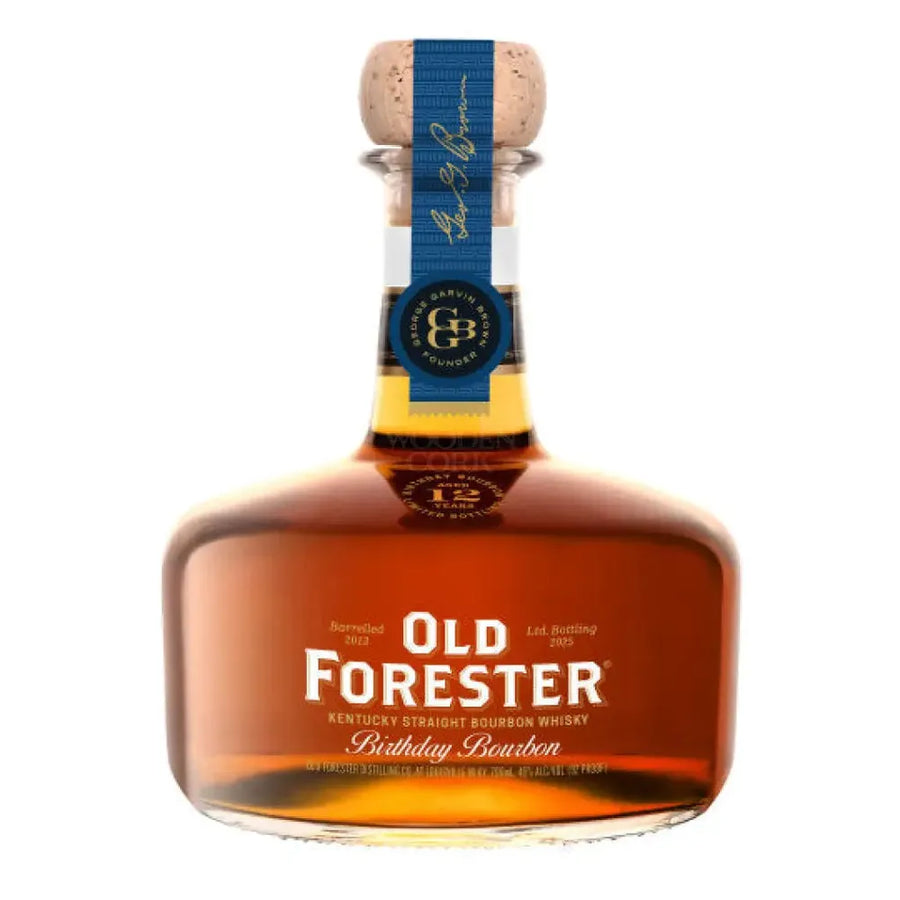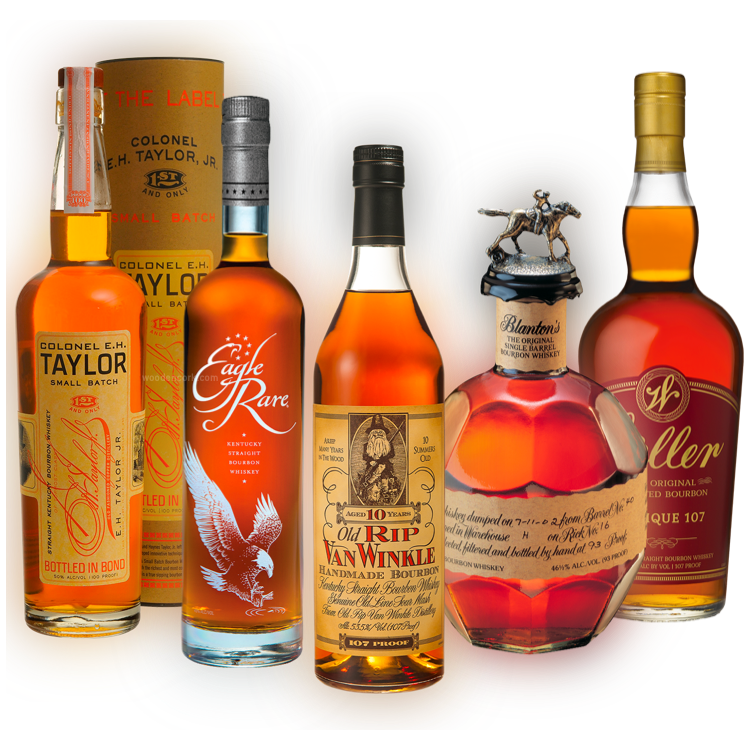Unveiling the Mystery: What Are Bitters and How Are They Used?
Here's an overview:
- Introduction to Bitters: A Brief History and Overview
- Understanding the Ingredients: What Goes into Making Bitters
- The Role of Bitters in Mixology and Cocktail Crafting
- Bitters Beyond the Bar: Culinary Uses and Health Benefits
- DIY Bitters: Tips and Tricks for Making Your Own at Home
- Conclusion: Bitters as a Staple in Modern Cuisine and Bartending
Introduction to Bitters: A Brief History and Overview
Bitters are a diverse group of liquid flavorings made primarily from herbs, roots, and botanicals, defined by their bitter, sour, or bittersweet flavor. Traditionally used for medicinal purposes, bitters have been documented through history, with their origins tracing back to ancient Egyptians. They gained prominence in the 19th century, particularly in the realm of mixology, playing a pivotal role in cocktails. Prohibition affected their availability, but bitters have recently experienced a resurgence among craft cocktail enthusiasts and home bartenders seeking depth and complexity in drinks.
Understanding the Ingredients: What Goes into Making Bitters
Bitters are comprised of various botanical ingredients, which can include roots, bark, flowers, seeds, fruits, and herbs. At the core, they consist of a base spirit, typically high-proof alcohol, which extracts flavors and compounds from the botanicals. Classic ingredients are gentian root, orange peel, and cassia bark. Aromatic agents like cardamom, cinnamon, and anise may be added for complexity. Precise formulas are often closely guarded secrets, with proportions and additional elements differing between producers to create unique flavor profiles. The maceration process is key, ensuring the alcohol absorbs the essence of each ingredient, resulting in the potent, concentrated liquid known as bitters.
The Role of Bitters in Mixology and Cocktail Crafting
In mixology, bitters play a pivotal role, often considered the spice cabinet of cocktail crafting. They serve multiple functions:
- Flavor Balancing: Bitters add complexity, tying together various flavors and smoothing out the sharpness of spirits.
- Aromatic Appeal: By contributing to the scent, bitters enhance the overall sensory experience of a drink.
- Culinary Bridges: They offer a bridge between cocktail and culinary arts, introducing flavors analogous to those used in cooking.
- Digestive Aid: Historically, bitters were used for their medicinal properties, believed to aid in digestion, which aligns with their inclusion in apéritif and digestif cocktails.
- Cocktail Signature: Unique bitters formulations allow mixologists to create signature cocktails with distinct, memorable profiles. Through these roles, bitters are indispensable in creating balanced, flavorful, and sophisticated cocktails.
Bitters Beyond the Bar: Culinary Uses and Health Benefits
Traditionally linked with cocktails, bitters have found their way into the culinary world, enhancing flavors in savory and sweet dishes. Chefs often incorporate bitters into marinades, giving meats a complex flavor profile, or into dressings and sauces for a burst of unexpected zest. Additionally, they can provide a counterbalance to the sweetness in desserts, such as in chocolate preparations.
From a health perspective, bitters can stimulate digestion and improve gut health. They contain a blend of herbs, roots, and botanicals, many of which possess medicinal properties. For example, bitters can:
-
Promote Digestive Enzymes: Stimulating saliva, bile, and enzyme production to aid in digestion.
-
Support Liver Function: Certain bitter compounds are known to encourage detoxification enzyme production in the liver.
-
Regulate Blood Sugar Levels: The bitter taste can influence the way we metabolize sugars, helping to manage blood sugar.
-
Reduce Gas and Bloating: By improving digestion, bitters can help alleviate discomfort from gas and bloating.
These culinary and health aspects showcase bitters as multifaceted ingredients, extending their utilization far beyond the confines of a cocktail glass.
DIY Bitters: Tips and Tricks for Making Your Own at Home
For the home mixologist eager to experiment, creating DIY bitters is a rewarding project. Follow these tips to enhance your at-home bitters-making experience:
- Select Your Ingredients: Start with high-quality, non-toxic botanicals. Your base can be anything from herbs and spices to fruit peels and roots.
- Choose Your Spirit: High-proof, neutral spirits work best to extract flavors. Consider using vodka or Everclear.
- Perfect Your Proportions: Begin with small amounts of ingredients to test flavors. Follow a recipe, then tweak to taste.
- Infuse with Patience: Infusion times can range from days to weeks. Taste periodically and adjust as necessary.
- Filter Thoroughly: Strain your mixture multiple times to ensure a clear, sediment-free final product.
- Store Correctly: Use dark glass bottles to store bitters. Keep them in a cool place away from direct sunlight to preserve flavors.
Fine-tuning the process may take time, but it allows for a personalized flavor profile that elevates any cocktail.
Conclusion: Bitters as a Staple in Modern Cuisine and Bartending
Bitters have evolved into an essential element of both modern cuisine and bartending, transcending their medicinal origins. They are revered for their ability to impart complex flavors and balance in an array of recipes and cocktails. As chefs and mixologists continue to innovate, the versatility and depth that bitters contribute make them a mainstay in contemporary gastronomy. Their global resurgence is a testament to the enduring appeal of these potent flavorings, ensuring that bitters maintain their status as a quintessential ingredient in the culinary arts and the ever-evolving world of mixology.




